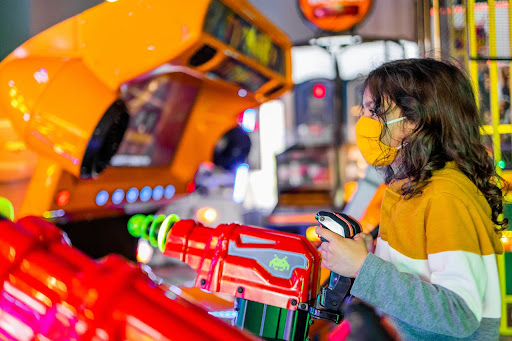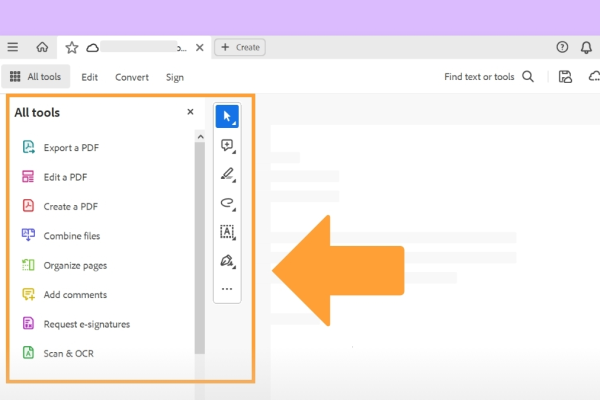Educational games have taken a significant leap forward, transforming how students engage with and internalize new information. The latest trends in educational game design reflect a keen understanding of student psychology, technological advancements, and the enduring quest for effective learning. Below are the top trends in educational game design that are making waves in education, ensuring that students are learning and truly engaging with the curriculum.
Interactive Storytelling
One of the most compelling trends in educational game design is interactive storytelling. By weaving lessons into narratives, students become protagonists on a learning journey, solving problems and overcoming obstacles related to the curriculum. That said, if you need assistance combating your academic hurdles, you can research “Who can write a research paper for me?” and get expert help online. Writing professionals can help you understand complex concepts like storytelling.
Interactive storytelling provides context to abstract concepts, making them easier to understand and remember. For example, a game that takes students through a historical period not only teaches them about the events but also allows them to experience the cultural and societal norms of the time, making the learning experience richer and more engaging. Students aren’t just passively receiving information; they actively participate in the story, leading to better retention and understanding.
Augmented Reality (AR) Integration
Augmented Reality (AR) is revolutionizing educational game design by bringing lessons to life in the students’ immediate environment. AR overlays digital information onto the real world, turning a simple classroom into a dynamic learning space. This technology enables students to see and interact with 3D models, bringing an exciting hands-on aspect to learning that textbooks simply cannot offer. For instance, in science education, students can explore the human anatomy in three dimensions, making the experience informative and captivating. AR’s capacity to engage multiple senses not only aids in comprehension but also keeps students focused and motivated.
Adaptive Learning Environments
The future of educational games lies in adaptive learning environments that tailor the experience to the individual learner’s pace and understanding. This personalization addresses the varied learning styles and speeds found in any group of students. As they interact with the game, it adjusts the difficulty level, provides hints, and gives feedback based on their performance. This personalized attention ensures that no student is left behind and each one faces just the right level of challenge. The result is a boost in confidence and competence in the subject matter, as students are neither bored by simplicity nor overwhelmed by complexity.
Collaborative Gameplay
Collaborative gameplay is a trend that encourages students to work together to achieve common goals within the game, reflecting the collaborative nature of the modern workplace. These games require communication, cooperation, and team problem-solving, skills that are essential beyond the classroom. By designing games that require players to work together, educators can foster a sense of community and joint responsibility for learning outcomes. When students collaborate, they learn to value different perspectives and develop interpersonal skills that are critical in both academic and professional settings.
Mobile Learning Compatibility
In today’s fast-paced world, mobile compatibility is necessary for educational games. Games that can be played on smartphones and tablets allow learning to happen anytime, anywhere. This level of accessibility is crucial for engaging students accustomed to constant connectivity and immediate gratification. Mobile learning games fit seamlessly into students’ lifestyles, making it easier to turn downtime into a learning opportunity. Moreover, the familiarity of the mobile platform makes the educational content more approachable, and the portable nature ensures that learning is not confined to the classroom.
Data-Driven Feedback and Assessment
Finally, educational games increasingly utilise data-driven feedback and assessment to provide real-time insights into student learning. These games collect data on how students interact with the game, their choices, and where they struggle or excel. This information is invaluable for educators to understand the learning process and intervene when necessary. It also allows for immediate feedback to the student, which is vital for learning. Rather than waiting for a test to assess understanding, educational games with integrated assessment can offer a continuous measure of a student’s progress and comprehension.
In Conclusion
The realm of educational game design is a dynamic and ever-evolving field, with new trends continually emerging to captivate and educate students. Interactive storytelling immerses students in the material, while AR integration brings abstract concepts into the physical world. Adaptive learning environments customize the learning experience, and collaborative gameplay builds essential social skills. Mobile learning compatibility ensures education is accessible, and data-driven feedback provides immediate, actionable insights into student learning. These trends are not just shaping the future of educational games; they are shaping the future of learning itself. As we continue to harness these innovations, we move closer to a world where education is not just a task but an engaging and enjoyable journey for all students..





